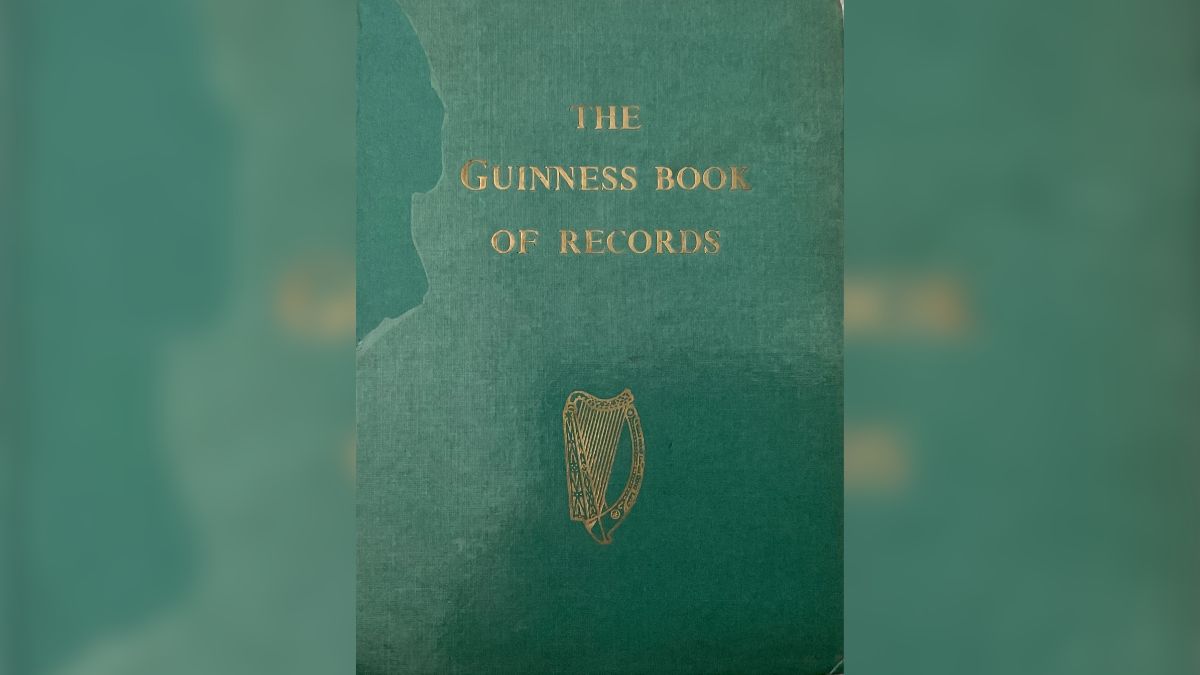Most people want to get their names etched in history. What better way to do so than getting it written in the Guinness World Records? But did you know when this book came into existence? It was on August 27, 1955, when the most important book, the Guinness Book of Records debuted.
If you are a history geek who loves to learn about important events from the past, Firstpost Explainers’ ongoing series, History Today , will be your one-stop destination to explore key events.
In 1979, Lord Louis Mountbatten, popularly known as Lord Mountbatten, was assassinated by the Provisional Irish Republican Army (IRA) in a bombing off the coast of County Sligo, Ireland.
Here is all that happened on this day.
The Guinness Book of Records debuted
The book that records history - The Guinness Book of Records - was published for the first time in London on August 27, 1955. This marked the beginning of what would become a global phenomenon in documenting human achievement and extraordinary facts.
The idea for the book came from Sir Hugh Beaver, then managing director of Guinness Breweries. After a debate about the fastest game bird in Europe during a hunting trip, Beaver realised that such questions often sparked pub arguments but lacked authoritative answers. He envisioned a reference book that would settle such disputes once and for all.
Compiled by twins Norris and Ross McWhirter, the first edition was a compact 198-page volume. It featured an eclectic mix of records, ranging from natural world extremes to remarkable human feats. Initially printed as a marketing giveaway for pubs to promote the Guinness brand, the book quickly captured public interest. Within four months, it climbed to the top of the UK bestseller list, establishing itself as an unexpected cultural success.
Over the decades, the publication, renamed Guinness World Records in 2000, expanded its scope far beyond pub trivia. Today, it covers tens of thousands of records across sports, science, arts, technology, and human endeavour. It has evolved into an international brand, spawning television shows, museums, and an annual tradition of breaking records worldwide.
Lord Mountbatten was assassinated by IRA
Lord Louis Mountbatten, the last Viceroy of India and a close member of the British royal family, was assassinated by the Provisional Irish Republican Army (IRA) on this day in 1979. The bombing, which took place off the coast of County Sligo, Ireland, shocked Britain and the world.
Mountbatten, who had been vacationing at his summer home in Mullaghmore, took his boat, the Shadow V, out to sea with family and friends. Unbeknownst to him, the IRA had planted a remote-controlled bomb on the vessel. At around 11:30 am, the explosive was detonated, destroying the boat instantly. Mountbatten was killed along with his 14-year-old grandson Nicholas Knatchbull, 15-year-old Paul Maxwell, a local boy helping the family, and Dowager Lady Brabourne, who succumbed to her injuries the following day.
The IRA claimed responsibility, calling Mountbatten a “legitimate target” due to his status as a symbol of the British establishment and his role as the last Viceroy of India. The assassination was carried out on the same day as an ambush in County Down, where 18 British soldiers were killed in one of the bloodiest attacks of the conflict.
Mountbatten’s death reverberated internationally. A close relative of the royal family, he had also served as a mentor to Prince Charles. His funeral in London drew widespread mourning and highlighted the human cost of political violence. While the IRA sought to draw attention to their cause, the attack brought global condemnation and hardened attitudes against the group.
This Day, That Year
Barack Obama became the first African American to be nominated for the presidency in 2008.
In 1964, the musical film Mary Poppins had its world premiere in Los Angeles.
The Kellogg-Briand Pact was signed between France and the United States in a series of peacekeeping efforts after World War I on this day in 1928.


)

)
)
)
)
)
)
)
)



